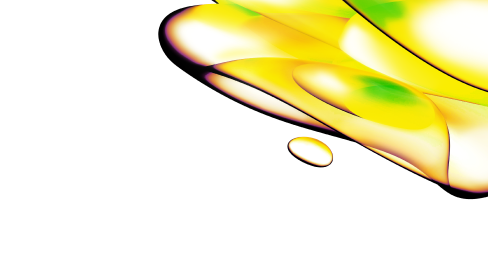Resource Center
Explore Resource Types
We have housed the technical documents (SDS, COAs, Manuals and more) in a dedicated section.
Explore all All Resources
Filters
Select resource types (2)
Select products & services
Select solutions
Active Filters (2)
Clear All
1 - 12 of 61 Results
Sort by:
Best Match
Assessment of MYC-driven progression of small cell lung cancer
Researchers at Huntsman Cancer Center use GEMM and the Quantum microCT system for evaluating small cell lung cancer.
SOP: IVISense Transferrin Receptor 750 Probe (NEV10091) for in vivo imaging
SOP: IVISense Transferrin Receptor 750 (NEV10091) for in vivo imaging
SOP: IVISense Vascular 750 (NEV10011EX) for in vivo imaging
SOP: IVISense Vascular 750 (NEV10011EX) for in vivo imaging
SOP: IVISense Vascular 680 (NEV10054EX) for in vivo imaging
SOP: IVISense Vascular 680 (NEV10054EX) for in vivo imaging
SOP: IVISense™ Bombesin Receptor 680 (NEV10090) for in vivo imaging
SOP: IVISense™ Bombesin Receptor 680 (NEV10090) for in vivo imaging
SOP: IVISense Gastrointestinal 750 (NEV11121) for in vivo imaging
SOP: IVISense Gastrointestinal 750 (NEV11121) for in vivo imaging
SOP: IVISense Neutrophil Elastase 680 FAST (NEV11169) for in vivo imaging
SOP: IVISense Neutrophil Elastase 680 FAST (NEV11169) for in vivo imaging
SOP: IVISense Renin 680 FAST (NEV11079) for in vivo imaging
SOP: IVISense Renin 680 FAST (NEV11079) for in vivo imaging
PROTOCOL: IVISbrite™ RediJect™ D-Luciferin Ultra for In Vivo Imaging Studies
Protocol for preparing IVISbrite™ RediJect™ (ready-to-use) D-Luciferin Ultra bioluminescent substrate for in vivo imaging applications.
Protocol: How to use RediJect D-Luciferin for In Vivo Imaging Studies
Protocol for preparing IVISbrite™ RediJect™ (ready-to-use) D-Luciferin bioluminescent substrate for in vivo imaging applications.
A novel mouse model using optical imaging to detect on-target, off-tumor CAR-T cell toxicity
A Novel Mouse Model Using IVIS® Optical Imaging to Detect On-Target, Off-Tumor CAR-T Cell Toxicity.
Optical and microCT imaging enables noninvasive monitoring of EBV-induced neuroinvasion
Researchers use optical and microCT imaging to noninvasively monitor EBV-induced neuroinvasion in a mouse model.


Looking for technical documents?
Find the technical documents you need, ASAP, in our easy-to-search library.




























